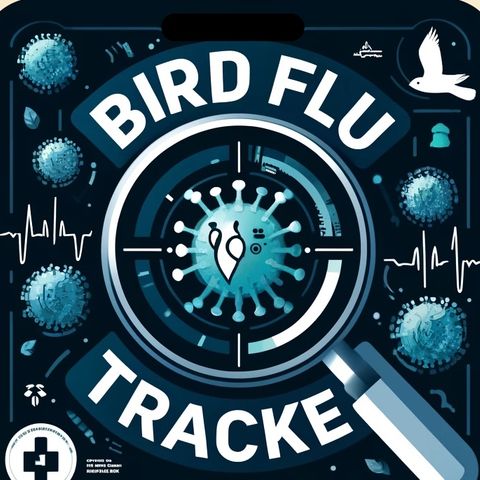Bird Flu update for 10-10-2024

Descarga y escucha en cualquier lugar
Descarga tus episodios favoritos y disfrútalos, ¡dondequiera que estés! Regístrate o inicia sesión ahora para acceder a la escucha sin conexión.
Descripción
As the threat of a highly destructive strain of bird flu looms closer, Australia and New Zealand are ramping up their biosecurity measures to prevent a potential outbreak. This strain,...
mostra másAuthorities in both countries are taking comprehensive steps to fortify their defenses against this avian influenza as migratory bird patterns suggest the virus could be carried into their territories. Historical data and recent global outbreaks have underlined the urgency of preemptive measures.
In response to the imminent threat, both Australia and New Zealand have tightened their biosecurity protocols at borders, particularly at airports and seaports where wild birds could enter. Increased screening procedures, including more rigorous inspections of incoming cargo and livestock, have been instituted to curb the risk of the virus entering through these channels.
Moreover, wildlife experts and veterinary authorities have started a vaccination program for species deemed most at risk. While the logistics and scale of vaccinating wild birds pose significant challenges, efforts are primarily focused on captive populations in zoos and wildlife sanctuaries to create buffer zones that might help in slowing the spread of the virus among wild populations.
Apart from physical measures, both nations are engaging in extensive preparation activities, including war-gaming their response strategies. These simulation exercises are designed to test the readiness of emergency services and response teams to handle an outbreak, ensuring that all agencies can work collaboratively and efficiently to manage and mitigate the effects of the virus spreading.
Biosecurity experts emphasize that the public plays a crucial role in these prevention efforts. They urge people to report dead or sick birds to authorities and to maintain good hygiene practices, such as washing hands after handling birds or visiting poultry farms. Public awareness campaigns are being rolled out to educate citizens about the virus, its symptoms in birds, and the steps they can take to help prevent a widespread outbreak.
The economic stakes are high, as both Australia and New Zealand have substantial poultry industries that could face severe repercussions in the event of an outbreak. Past instances of bird flu in other countries have led to the culling of millions of birds, significantly impacting food supply chains and causing vast economic losses.
By taking these robust and proactive steps, Australia and New Zealand aim to shield their borders from the entry of the bird flu and safeguard their agriculture sectors, native bird species, and public health systems from the wide-reaching impacts of this dangerous virus.
Información
| Autor | QP-3 |
| Organización | William Corbin |
| Página web | - |
| Etiquetas |
Copyright 2024 - Spreaker Inc. an iHeartMedia Company
